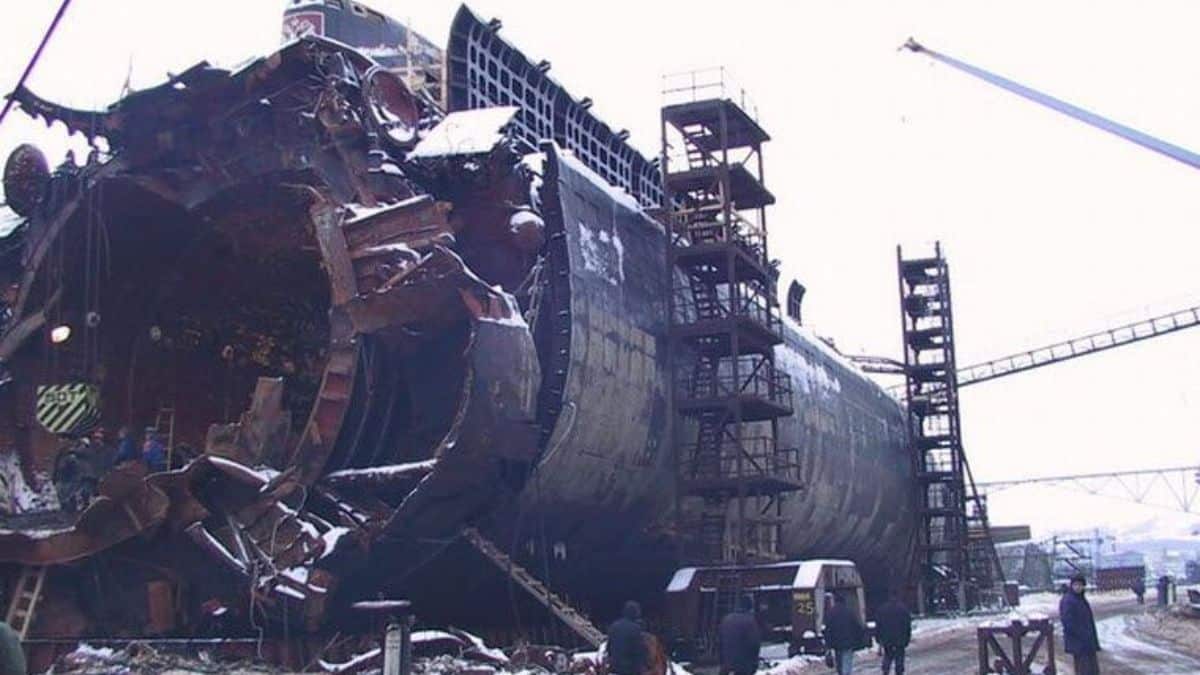 Image credit:Pinterest
Image credit:Pinterest
Russia was shaken by one of its most devastating naval disasters when the Kursk submarine sank in the Barents Sea following a catastrophic explosion. The tragedy claimed the lives of all 118 personnel aboard and remains a somber chapter in Russian history, casting a long shadow over the early years of President Vladimir Putin’s tenure.
The Kursk, an Oscar-class nuclear-powered submarine, was participating in a large-scale naval exercise when disaster struck. A series of explosions, later determined to have been caused by a malfunctioning torpedo, tore through the submarine, sending it plunging to the seafloor, approximately 108 meters below the surface.
In the immediate aftermath, the Russian government faced intense scrutiny for its handling of the crisis. Despite early signs of distress, rescue efforts were slow to mobilize, and conflicting reports about the crew’s fate fueled public anger and international concern. It was several days before the Kremlin acknowledged the severity of the situation, by which time hopes of saving the crew had faded.
The tragedy exposed significant flaws in the Russian military’s preparedness and transparency, leading to widespread criticism both domestically and abroad. The Kursk disaster became a defining moment for President Putin, who had been in office for just a few months. His perceived detachment and delayed response to the crisis drew sharp rebukes, with many questioning the government’s competence and commitment to its servicemen.
In the years since the Kursk sinking, the Russian government has made efforts to address the shortcomings highlighted by the tragedy. However, the memory of those lost on that fateful day endures as a reminder of the perils of military secrecy and the human cost of geopolitical maneuvering.
